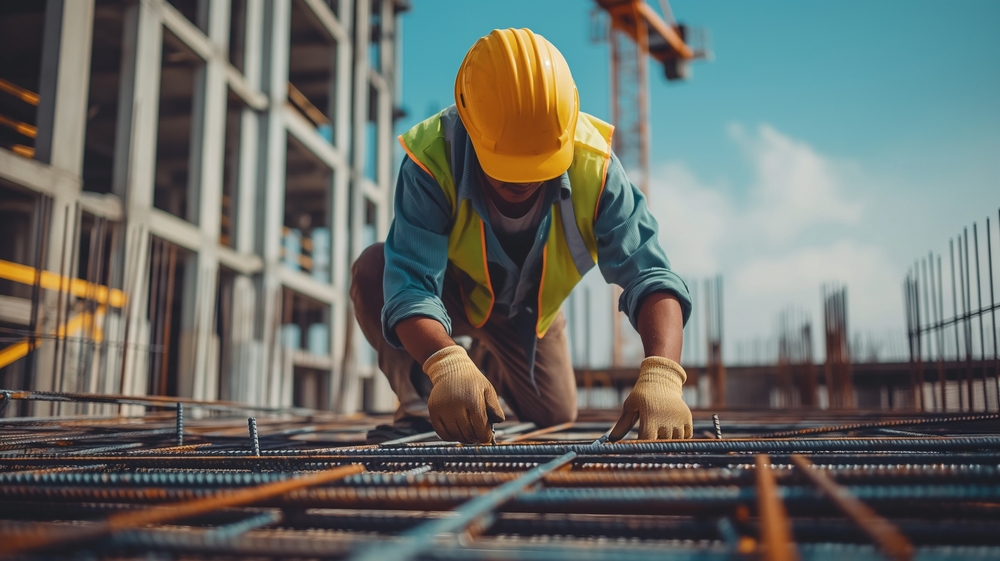Working in confined spaces is considered one of the most dangerous tasks, often leading to fatalities. It ranks third in annual workplace deaths after electrical accidents and falls from heights.
Definition of Confined Spaces:
Confined spaces are areas that are enclosed and generally not designed for continuous human occupancy. These spaces are large enough for workers to enter but have limited entry and exit points. Examples include manholes, inspection chambers, various types of tanks, excavations deeper than 1.2 meters, or any other enclosed space with restricted access.
Associated Hazards:
- Suffocation risks due to oxygen deficiency.
- Presence of toxic gases.
- Presence of flammable gases.
- Dust and debris resulting from activities.
- Physical hazards such as high temperatures, excessive humidity, atmospheric pressure variations, noise, and poor lighting.
Safety Guidelines for Working in Confined Spaces:
- Training Workers:
Workers must be informed about potential hazards and trained before starting work. Proper training enhances awareness and prepares workers to respond effectively to emergencies. - Permit-to-Work System:
Issuing a work permit ensures compliance with safety requirements, including gas measurements, recording workers’ names, entry and exit times, and other safety measures. - Gas Testing:
Before entering, the air quality inside the confined space must be tested. Oxygen levels should range between 19.5% and 23.5%, and the concentration of hydrogen sulfide gas should not exceed 10 ppm. Levels of carbon monoxide and other flammable gases must also be within safe limits. - Use of Mechanical Ventilation Systems:
Fans for air intake or exhaust should be employed to circulate air inside the confined space at least 10 times per minute. Artificial breathing systems may also be used when necessary.
Manual Hoist (Tripod):
A manual hoist is essential for confined space work. Many fatalities occur due to delayed rescue operations caused by the lack of proper equipment to retrieve injured workers. This tool enables quick and efficient rescue operations, even in narrow spaces.
Conclusion:
Safety and health procedures are crucial in all projects and activities, whether the risks are high or low. Adhering to these procedures enhances productivity, reduces costs, and ensures safe project execution, aligning with the goals of progressive companies to achieve maximum efficiency in the safest ways possible.




